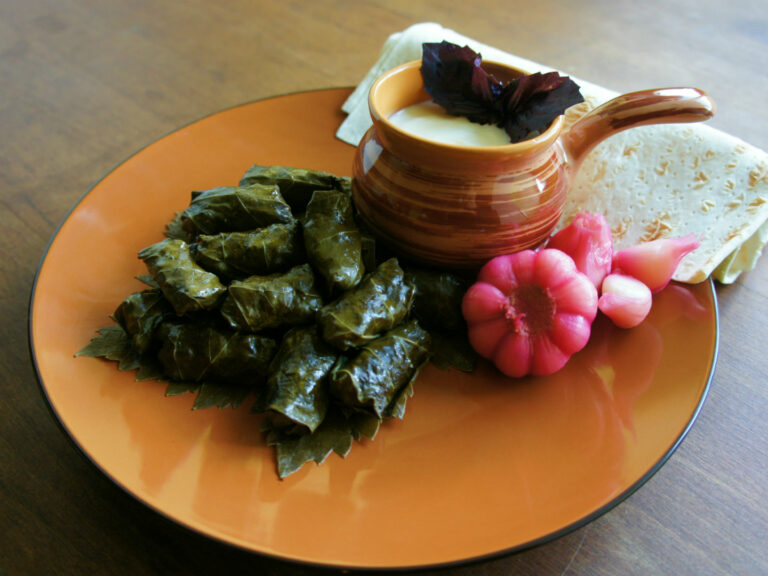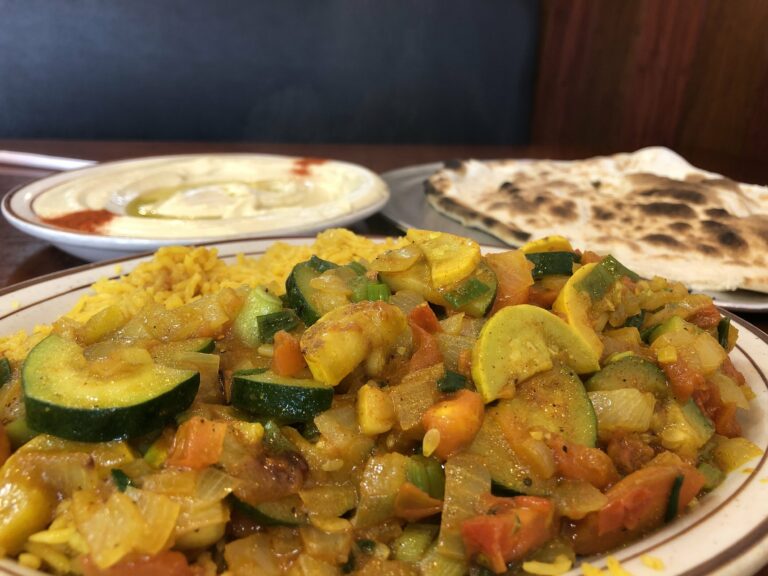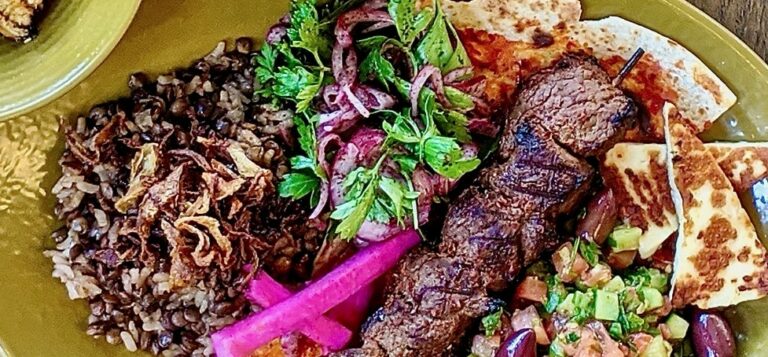Introduction: Exploring Antiguan and Barbudan Cuisine as a Vegetarian
Antigua and Barbuda, a twin-island nation in the Caribbean, is known for its vibrant culture, picturesque beaches, and delicious cuisine. The country’s cuisine is rich in flavors and heavily influenced by African, Spanish, and British traditions. However, for vegetarians, exploring the local cuisine can be challenging due to the prevalence of meat-based dishes. In this article, we will explore the vegetarian options available in Antiguan and Barbudan cuisine and how to incorporate local produce into vegetarian meals.
Overview of Traditional Antiguan and Barbudan Dishes
The traditional Antiguan and Barbudan cuisine is centered around seafood, rice, beans, and meats such as chicken, pork, and goat. Some of the most popular meat-based dishes include ducana (a sweet potato dumpling), saltfish, and fungi (a cornmeal dish). However, vegetarians can find alternatives to these dishes by substituting meat with vegetables or legumes.
Vegetarian Alternatives to Meat-Based Dishes
For those who prefer to eat meatless meals, there are plenty of vegetarian alternatives to traditional Antiguan and Barbudan dishes. One popular vegetarian option is lentil and vegetable stew, which can be made with local vegetables such as okra, yams, and eggplant. Another option is soy-based meat substitutes, which can be used in dishes such as curried tofu, vegetarian pepperpot soup, and veggie burgers.
Popular Vegetable-Focused Dishes in Antiguan and Barbudan Cuisine
Antiguan and Barbudan cuisine also includes a variety of vegetable-focused dishes. Callaloo, a soup made from amaranth leaves and coconut milk, is a vegetarian staple in the Caribbean. Another popular dish is chop-up, a stew made with cabbage, carrots, sweet potatoes, and other locally grown vegetables.
Incorporating Local Produce into Vegetarian Meals
One of the best ways to enjoy vegetarian meals in Antigua and Barbuda is by incorporating locally grown produce. The country is abundant in fruits and vegetables such as mangoes, papayas, breadfruit, and dasheen. These can be used in salads, smoothies, and other dishes. For example, breadfruit can be roasted and served as a main course while dasheen can be boiled and mashed as a side dish.
Dining Out: Vegetarian-Friendly Restaurants in Antigua and Barbuda
There are several vegetarian-friendly restaurants in Antigua and Barbuda that cater to plant-based eaters. One such restaurant is The Larder, which offers a variety of vegetarian and vegan dishes including vegan pizza and plant-based burgers. Another option is The Gazebo, which serves vegetarian dishes such as vegetable curry and black bean burgers.
Finding Vegetarian Ingredients in Local Markets and Grocery Stores
Vegetarian ingredients such as tofu, tempeh, and soy milk can be found in local markets and grocery stores in Antigua and Barbuda. Additionally, the country’s farmers’ markets offer a wide variety of fresh produce at affordable prices. These markets are perfect for finding locally grown fruits and vegetables that can be used in vegetarian dishes.
Conclusion: Embracing Vegetarianism in Antiguan and Barbudan Culture
Though Antiguan and Barbudan cuisine is heavily meat-based, vegetarians can enjoy a variety of flavorful and healthy meals by substituting meat with vegetables or legumes. Furthermore, incorporating locally grown produce into meals adds a unique touch of Antiguan and Barbudan culture to vegetarian dishes. With the availability of vegetarian-friendly restaurants and fresh produce, Antigua and Barbuda is becoming a more welcoming destination for plant-based eaters.










